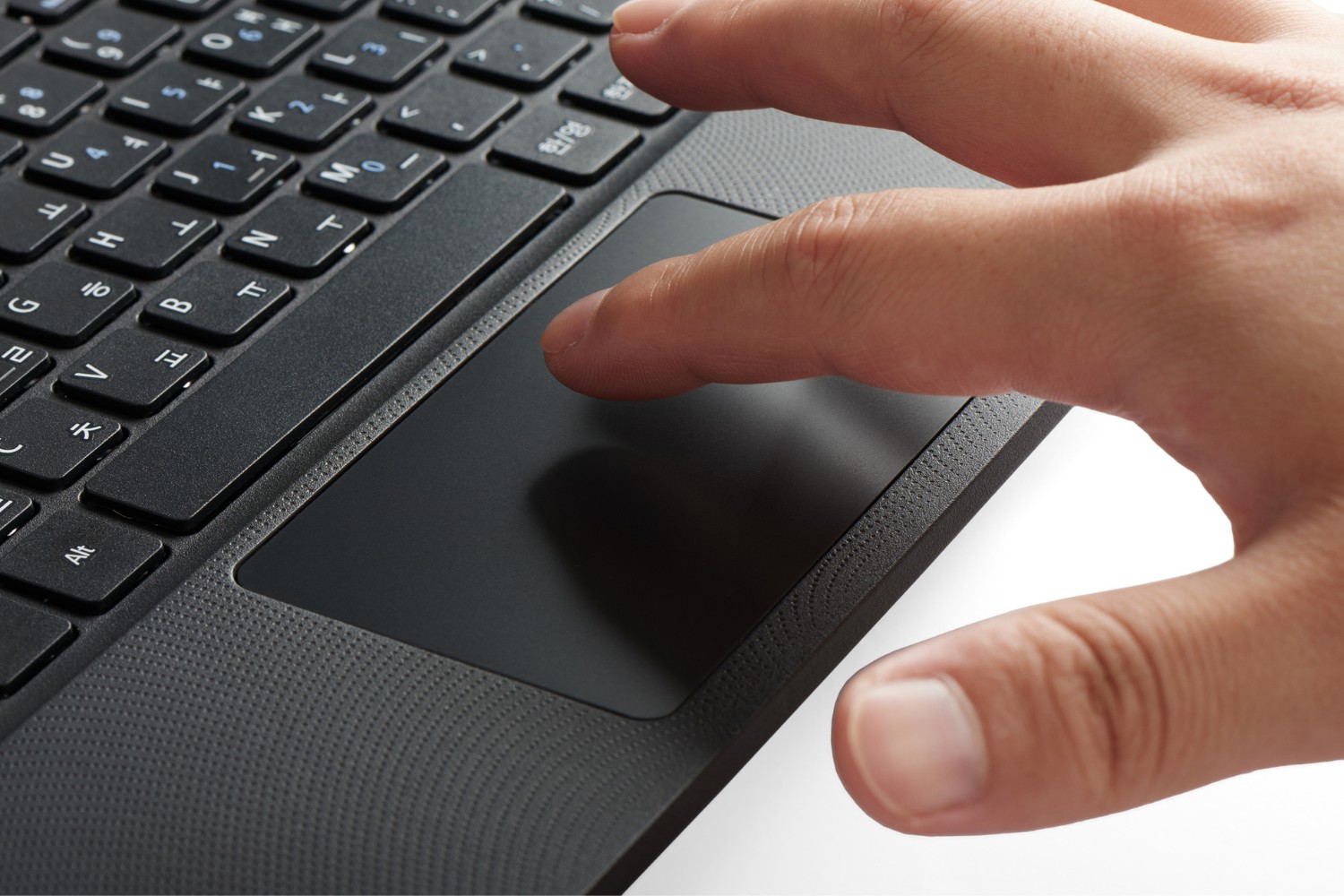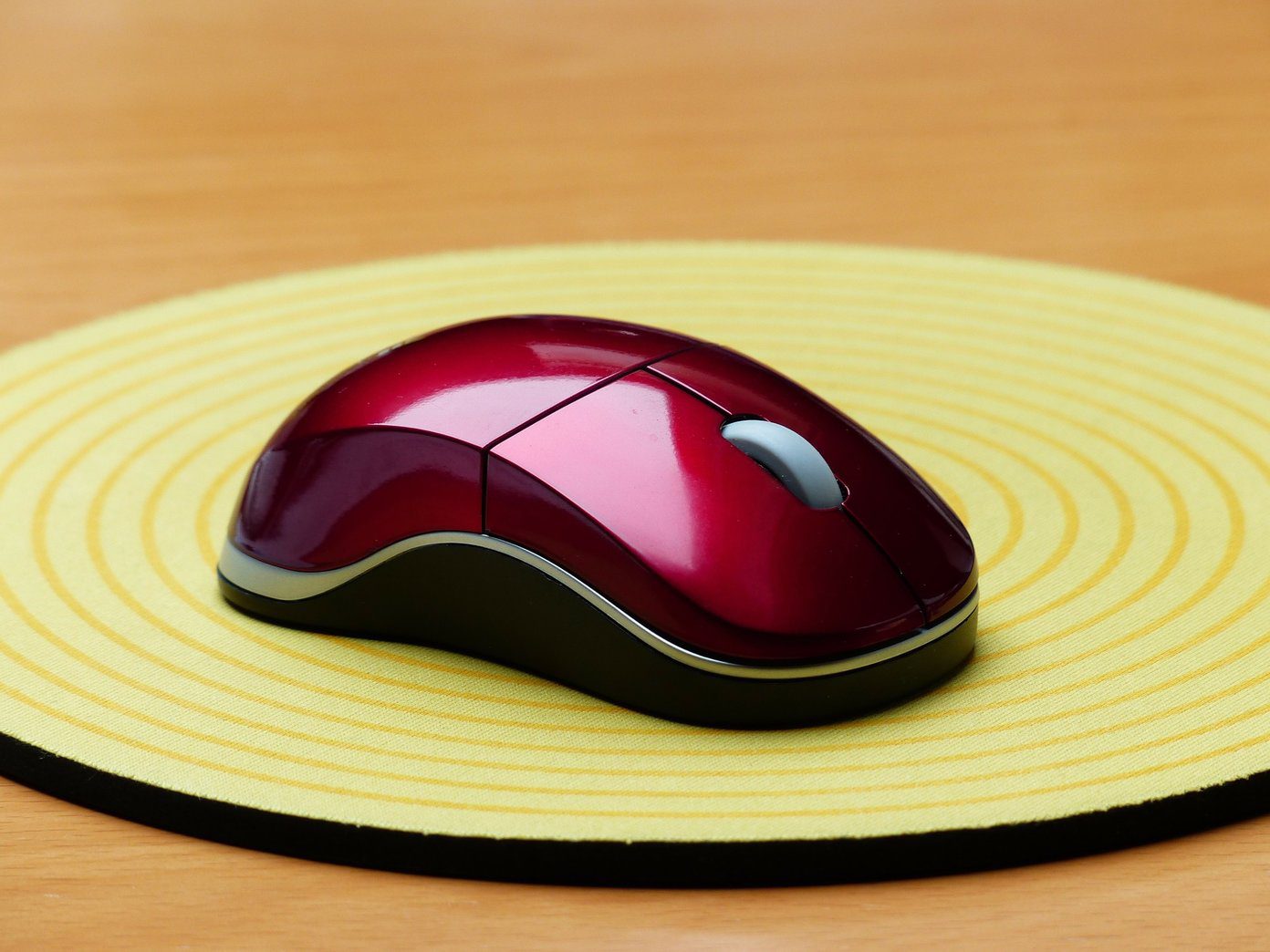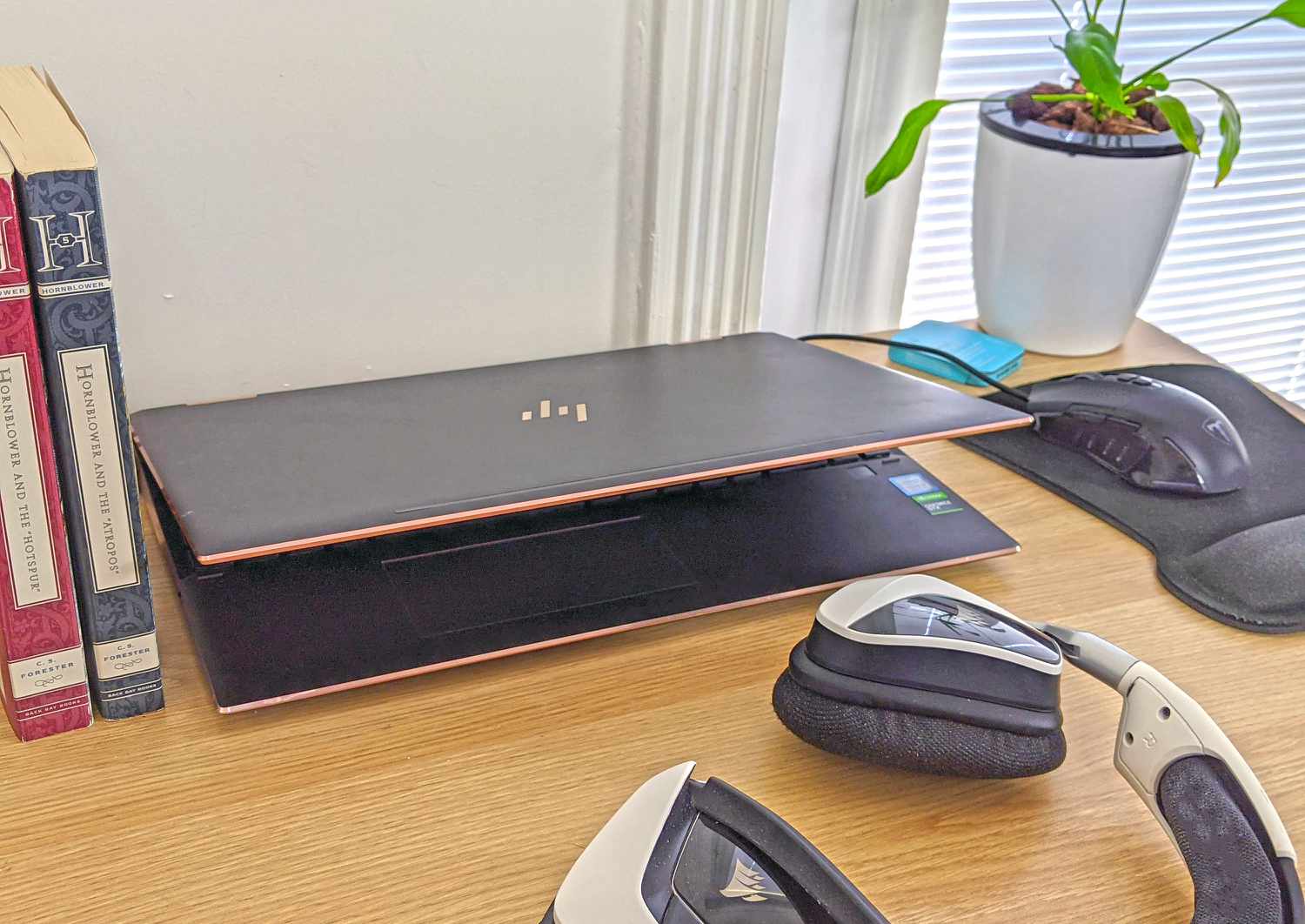Introduction
In today's tech-driven world, laptops have become indispensable tools for work, education, and entertainment. These portable devices offer a convenient and efficient way to accomplish various tasks, thanks to their integrated components such as the keyboard, touchpad, and mouse pad. While the touchpad serves as a convenient input device for many users, there are instances when disabling it becomes necessary. This article will explore the reasons for disabling a mouse pad on a laptop and provide step-by-step instructions for accomplishing this task on Windows, Mac, and Linux operating systems.
Laptops are designed to accommodate diverse user preferences and needs, and the ability to disable the mouse pad reflects this flexibility. Whether you are a content creator, programmer, or avid gamer, the option to disable the mouse pad can enhance your overall computing experience. It can prevent accidental cursor movements while typing, provide a more comfortable gaming environment, and accommodate users who prefer external mice for precise navigation.
Understanding how to disable the mouse pad on a laptop empowers users to customize their computing environment to suit their specific requirements. This knowledge is particularly valuable for individuals who rely on their laptops for extended periods, as it can contribute to improved productivity and overall user satisfaction.
By providing clear and concise instructions for disabling the mouse pad on various operating systems, this article aims to equip readers with practical knowledge that can be applied to their specific laptop setups. Whether you are a seasoned tech enthusiast or a novice user, the ability to customize your laptop's input devices is an essential skill that can enhance your overall computing experience.
Now, let's delve into the reasons why disabling a mouse pad on a laptop may be necessary and explore the step-by-step methods for accomplishing this on Windows, Mac, and Linux systems. Whether you seek to optimize your workflow, enhance your gaming experience, or simply prefer an external mouse, the following instructions will guide you through the process of disabling the mouse pad on your laptop.
Why Disable a Mouse Pad on Laptop
There are several compelling reasons why users may choose to disable the mouse pad on their laptops. Understanding these motivations can help individuals make informed decisions about customizing their computing experience to suit their specific needs and preferences.
- Preventing Accidental Cursor Movements: When typing on a laptop, accidental cursor movements caused by inadvertently brushing the touchpad can be frustrating and disruptive. Disabling the mouse pad eliminates this issue, allowing users to type without interruptions and maintain focus on their tasks.
- Enhancing Gaming Experience: Gamers often prefer using external gaming mice for precise control and responsiveness. Disabling the laptop’s mouse pad ensures that inadvertent touches or movements do not interfere with gaming sessions, providing a more immersive and enjoyable gaming experience.
- Accommodating External Mice: Many users prefer using external mice for various computing tasks, such as graphic design, programming, or general navigation. Disabling the laptop’s built-in mouse pad allows for seamless integration and operation of external mice, catering to individual preferences for input devices.
- Improving Ergonomics: For individuals who spend extended periods at their laptops, using an external mouse may offer ergonomic benefits by allowing for more natural hand and wrist positions. Disabling the laptop’s mouse pad encourages the use of external mice, potentially reducing the risk of repetitive strain injuries and enhancing overall comfort during prolonged computer use.
By considering these reasons, users can determine whether disabling the mouse pad on their laptops aligns with their specific usage scenarios and preferences. Whether it’s for productivity, gaming, ergonomic considerations, or personal comfort, the option to disable the mouse pad offers valuable flexibility and customization for laptop users.
How to Disable a Mouse Pad on Windows Laptop
Disabling the mouse pad on a Windows laptop is a straightforward process that can be accomplished through the device settings or using keyboard shortcuts. Here’s a step-by-step guide to disabling the mouse pad on a Windows laptop:
- Using Device Settings:
- Click on the Windows Start button and select “Settings” (the gear icon).
- In the Settings window, click on “Devices.”
- Choose “Touchpad” from the left-hand menu.
- Locate the “Touchpad” toggle switch and set it to the “Off” position to disable the touchpad.
- Using Keyboard Shortcuts:
- Many Windows laptops have a keyboard shortcut to toggle the touchpad on and off. Look for a touchpad icon on one of the function keys (e.g., F5 or F9) and use the “Fn” key in combination with the corresponding function key to disable the touchpad.
Once the touchpad is disabled, users can connect an external mouse and use it as the primary pointing device. This method provides a quick and convenient way to disable the touchpad when an external mouse is preferred.
By following these simple steps, users can easily disable the mouse pad on their Windows laptops, allowing for seamless integration of external mice and providing a more customized computing experience tailored to individual preferences.
How to Disable a Mouse Pad on Mac Laptop
Disabling the trackpad on a Mac laptop can be accomplished through the System Preferences. Here’s a step-by-step guide to disabling the trackpad on a Mac laptop:
- Using System Preferences:
- Click on the Apple logo in the top-left corner of the screen and select “System Preferences.”
- In the System Preferences window, click on “Accessibility.”
- Choose “Mouse & Trackpad” from the left-hand menu.
- Under the “Trackpad Options” or “Trackpad” tab, look for the option to enable/disable the trackpad. Adjust the settings to disable the trackpad as needed.
Once the trackpad is disabled, users can connect an external mouse and use it as the primary pointing device. This method provides a simple and effective way to customize the input options on a Mac laptop.
By following these straightforward steps, users can easily disable the trackpad on their Mac laptops, providing the flexibility to use external mice and tailor their computing setup to suit their specific preferences and needs.
How to Disable a Mouse Pad on Linux Laptop
Disabling the touchpad on a Linux laptop can be achieved through various methods, depending on the specific distribution and desktop environment being used. Here’s a general guide to disabling the touchpad on a Linux laptop:
- Using Terminal Commands:
- Open a terminal window.
- Enter the command to list input devices, typically
xinput list. - Identify the touchpad device from the list.
- Use the command
xinput disable [device ID]to disable the touchpad, replacing [device ID] with the appropriate identifier for the touchpad device.
- Using Desktop Environment Settings:
- For laptops running Linux with a graphical desktop environment, such as GNOME or KDE, the touchpad settings can often be accessed through the system settings or control panel. Look for the touchpad or input device settings and disable the touchpad as needed.
Once the touchpad is disabled, users can connect an external mouse and use it as the primary pointing device. This method provides flexibility and customization options for users who prefer using external mice over the built-in touchpad.
By following these general guidelines, users can effectively disable the touchpad on their Linux laptops, ensuring a more tailored and personalized computing experience that aligns with their specific preferences and workflow requirements.
Conclusion
Disabling the mouse pad on a laptop can significantly enhance the user experience by providing greater flexibility, customization, and ergonomic benefits. Whether it’s preventing accidental cursor movements during typing, optimizing the gaming environment, or accommodating the use of external mice, the option to disable the mouse pad empowers users to tailor their computing setup to suit their specific needs and preferences.
By following the step-by-step instructions outlined in this article, users can easily disable the mouse pad on their Windows, Mac, or Linux laptops, ensuring a more seamless integration of external input devices and a more comfortable computing experience. Whether it’s a quick adjustment in the system settings or the use of terminal commands, the process is accessible and adaptable to different user preferences and technical proficiencies.
Understanding the reasons for disabling the mouse pad and having the knowledge to execute this customization provides users with greater control over their computing environment. It contributes to improved productivity, reduced frustration, and a more ergonomic setup, ultimately enhancing the overall user satisfaction with their laptops.
As technology continues to evolve, the ability to customize and adapt our devices to meet our individual needs becomes increasingly important. The option to disable the mouse pad on a laptop exemplifies this adaptability, allowing users to optimize their workflow, gaming experience, and overall comfort while using their laptops for various tasks.
By embracing these customization options, users can maximize the utility of their laptops and create a computing environment that aligns seamlessly with their preferences and usage patterns. Whether it’s for work, leisure, or creative pursuits, the ability to disable the mouse pad on a laptop represents a valuable tool in tailoring the computing experience to individual preferences and needs.

























